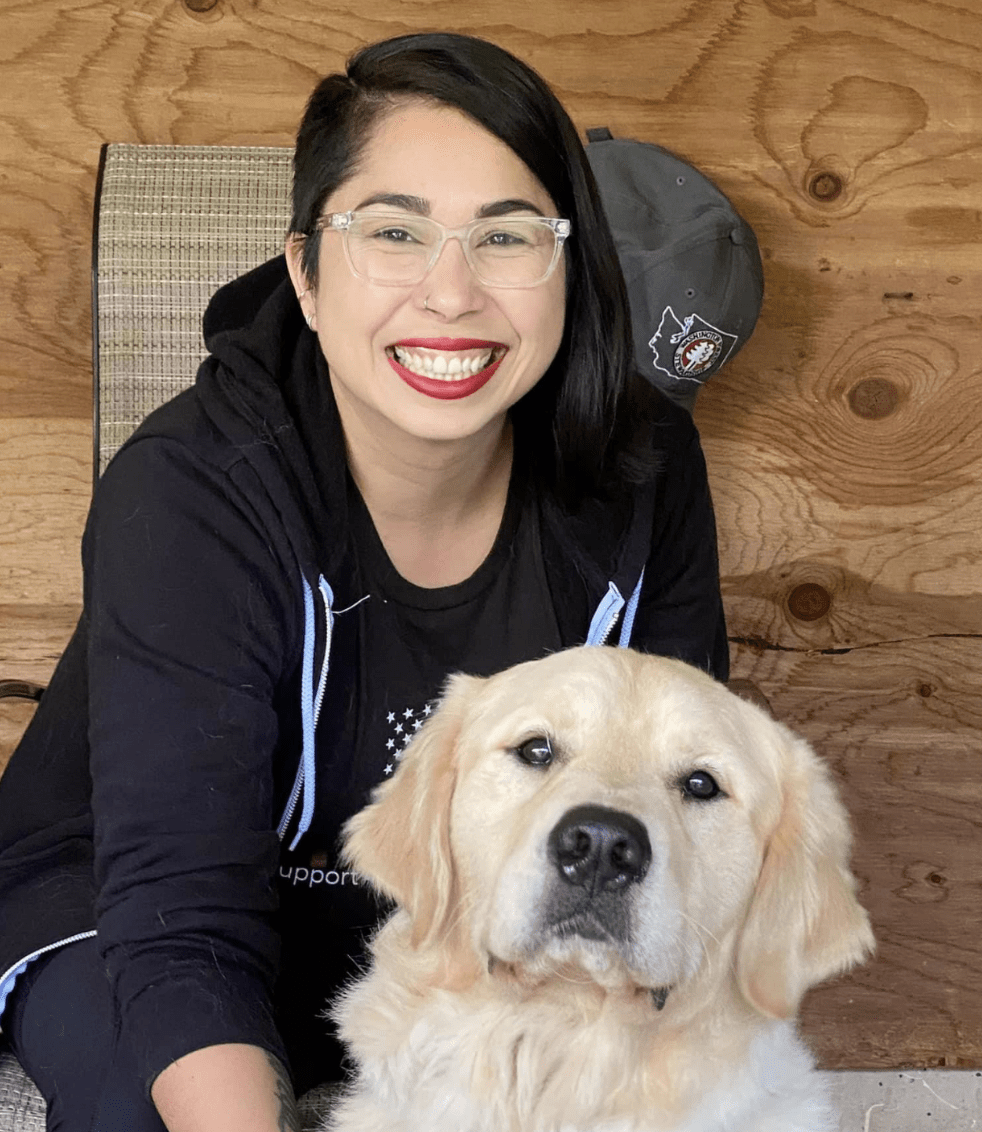This Mother’s Day, we’re honoring the bond between Veteran mothers, their service dogs, and their children. These extraordinary women not only navigate life with the support of their loyal service dogs but also seamlessly integrate them into their families, teaching their children invaluable lessons about compassion, resilience, and the importance of service.
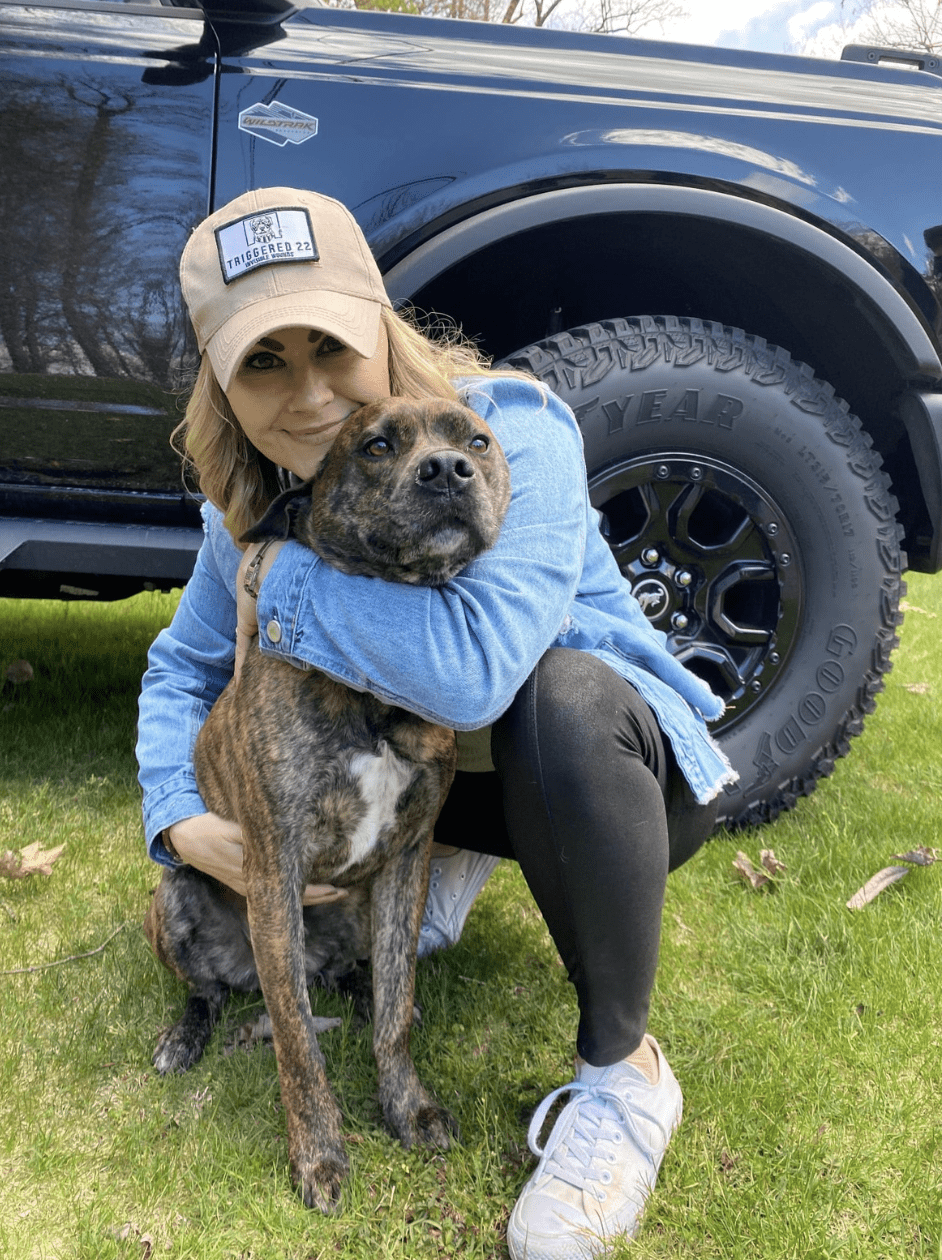
Veteran mother Rachel was gifted her service dog Jade by Northwest Battle Buddies, a non profit organization that gifts professionally trained service dogs to Veterans battling PTSD, helping them regain their freedom and independence.
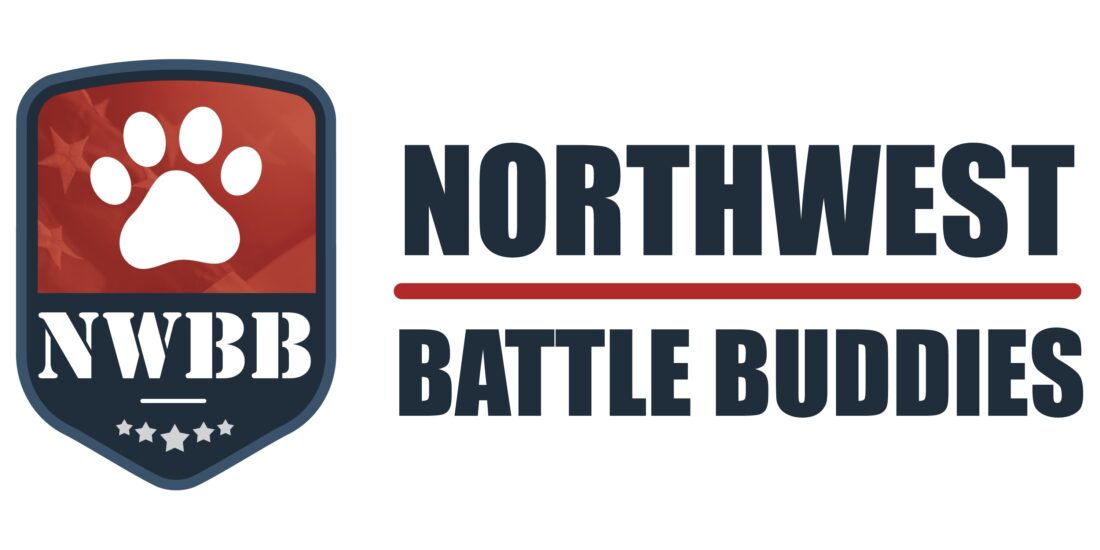
Rachel shared the following invaluable advice:
How a service dog can impact a Veteran’s family and daily life:
There is invaluable support and companionship that a service dog can provide you and your family. A service dog has an intuitive ability to sense when you are struggling, even when your family may not notice, and a service dog’s comforting presence can help you regain composure and fulfill your family duties. They can help you be a better mother.
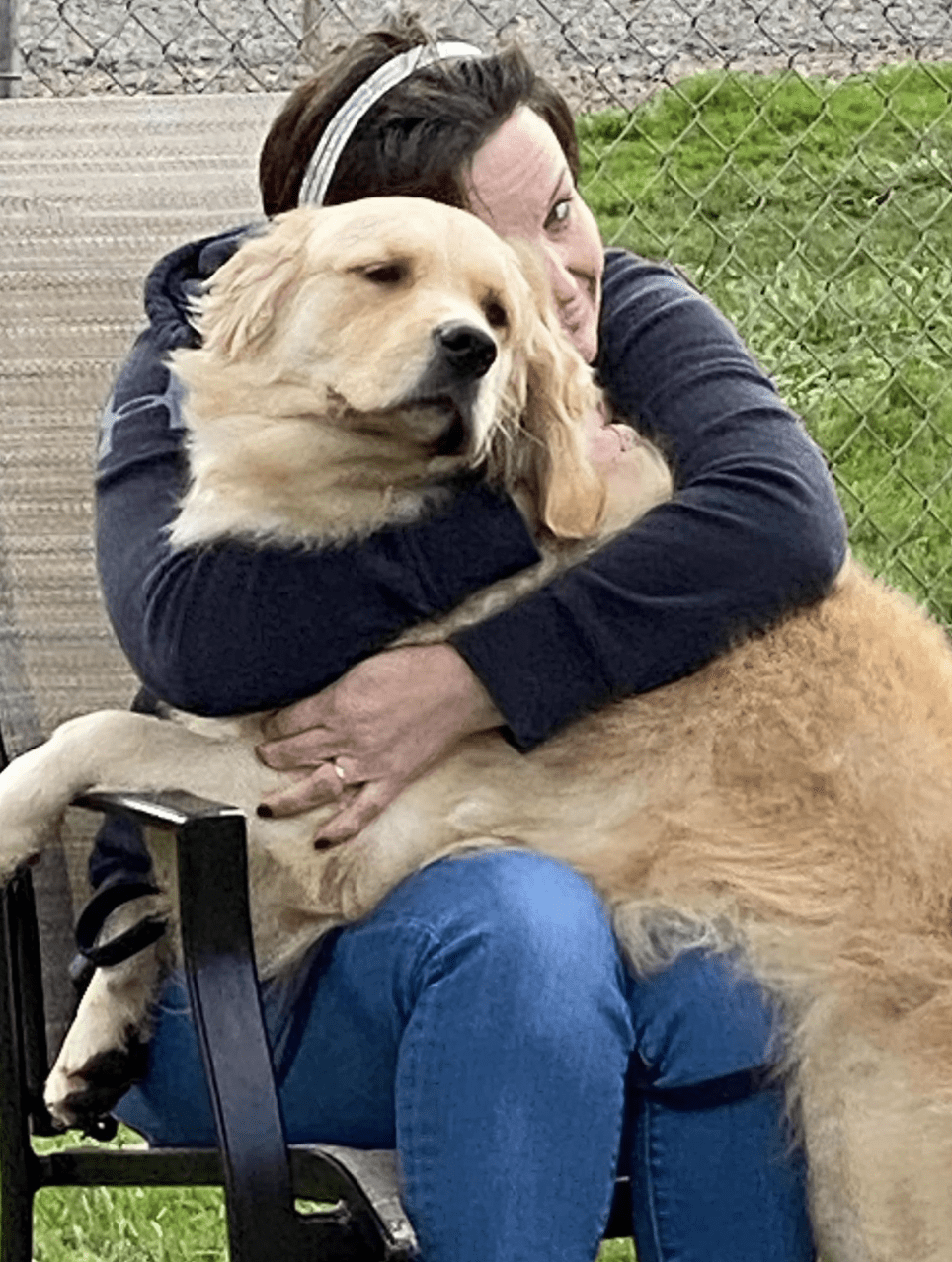
The lessons you need to teach your children about your service dog:
It is vital to educate your children about the role and significance of your service dog in managing your PTSD symptoms. Children need to understand that your service dog’s primary role is to assist YOU and provide you with support. Teach your children empathy, understanding, and respect for individuals with disabilities and their service animals. By recognizing and respecting a service dog’s role in your family, children will learn important lessons about compassion, support, and inclusivity. They will gain insight into the differences between service dogs and regular pets, as well as how to interact appropriately with service animals.
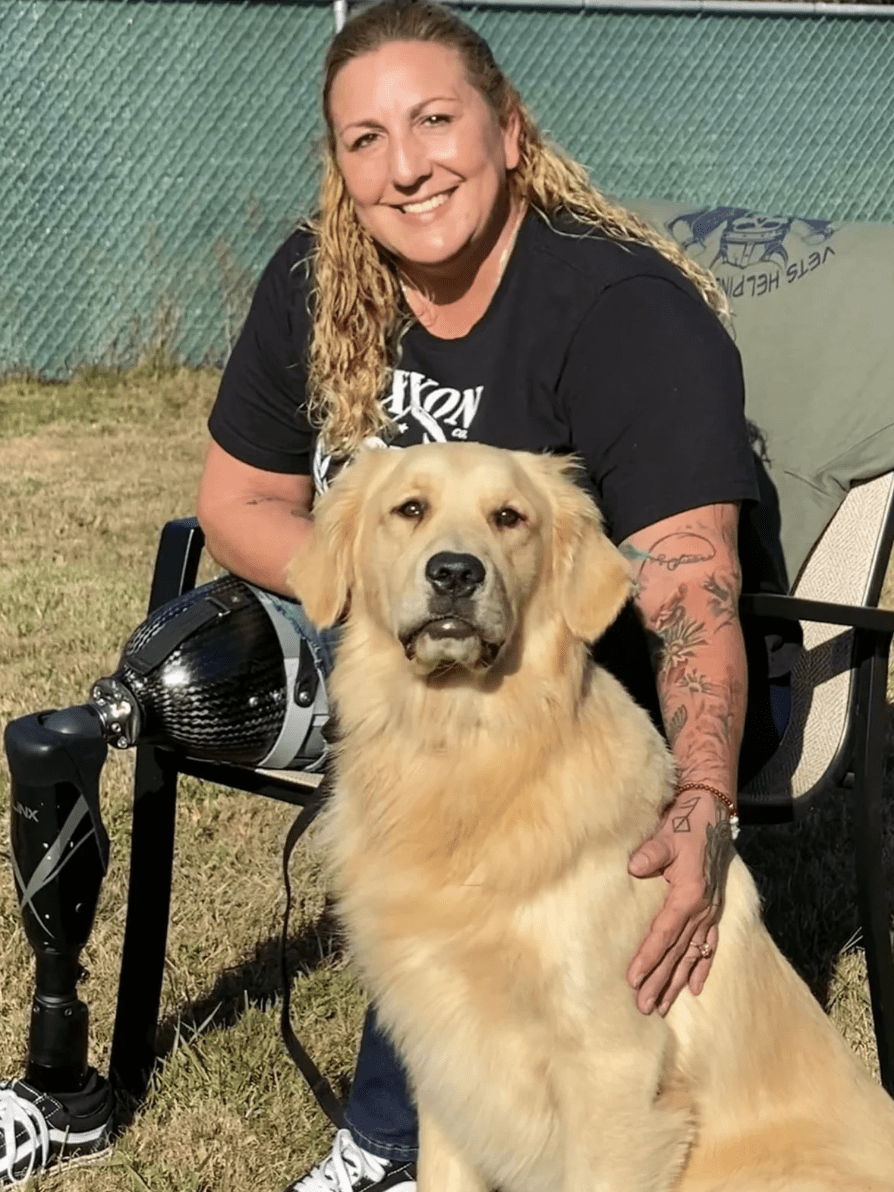
How to integrate your service dog into family activities and routines:
It is important to establish a consistent routine for your service dog’s care, including feeding, walking, and outdoor time. Incorporate your service dog into your daily activities, such as riding in the family car and enjoying cuddle time, ensures that he/she feels like a valued member of the family. Remember to educate your children about respecting his/her role as a service dog. When my service dog wears her service vest, my children understand that they must refrain from touching or distracting her while she is working. Although this concept was initially challenging for them, they have adapted well and now willingly comply with the rules.
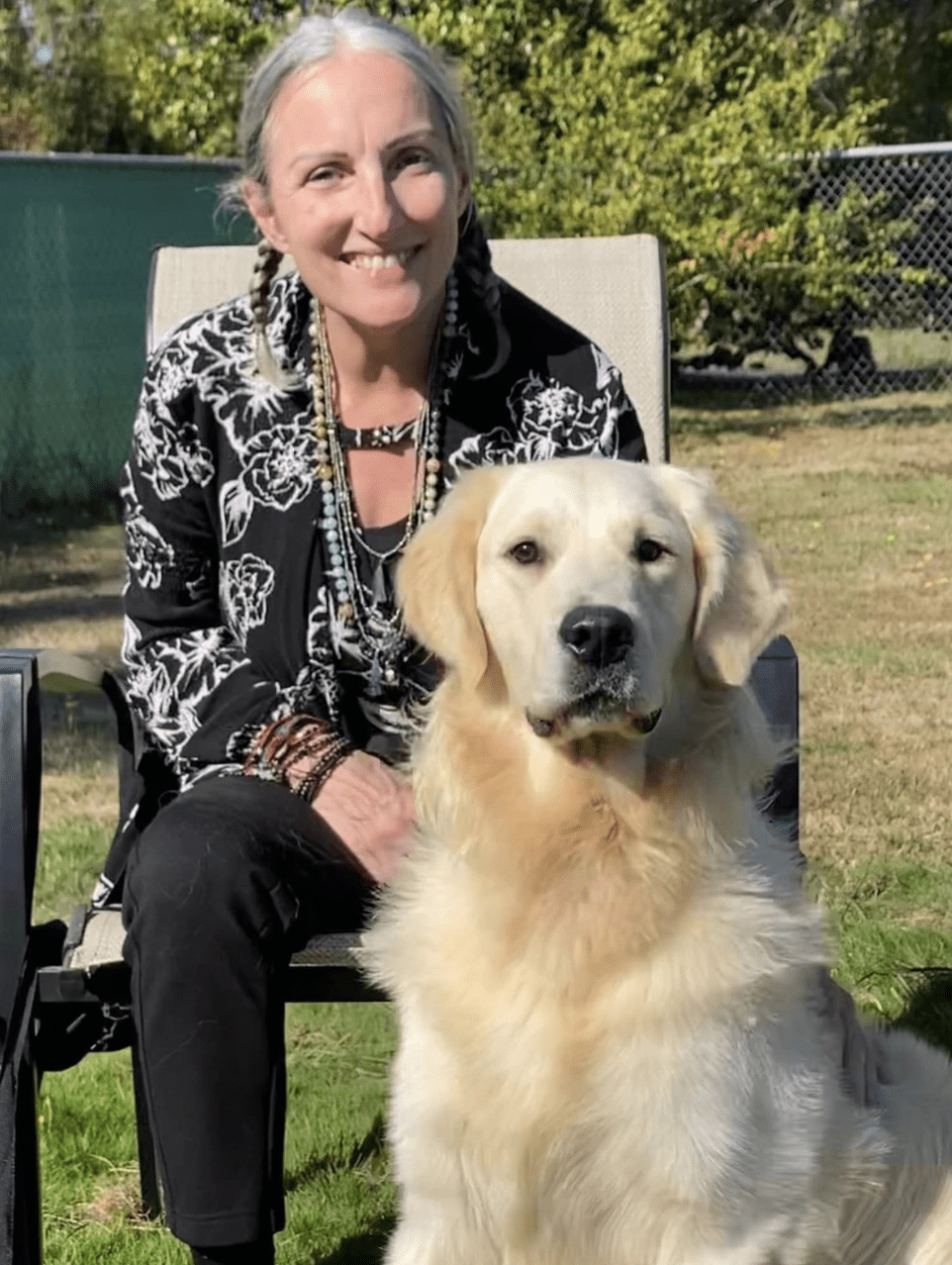
Challenges you may face in balancing the roles of mother and service dog handler:
- The overwhelming nature of public outings: Initially, going out in public with my children and Jade by myself was overwhelming for me. Balancing the needs of my children while maintaining order with Jade posed a significant challenge, especially considering my children’s young age.
- Patience and learning curve: It took time for both my children and myself to adjust to the dynamics of having Jade accompany us in public. I had to teach my children to be patient with Jade and myself, while also managing my own expectations and learning to navigate different situations with Jade’s support.
- Managing active children: My children are very active and often all over the place, making it difficult to navigate quickly from one place to another while keeping up with them and Jade. This challenge requires constant vigilance and adaptability on my part to ensure the safety and well-being of everyone involved.
- Establishing boundaries and expectations: I’ve had to establish boundaries and expectations for my children regarding their behavior around Jade in public. Teaching them to stay by my side when out in public was crucial in managing everyone effectively and ensuring a smooth experience for all of us.
My advice to other Veteran mothers considering integrating a service dog into their family:
Don’t be afraid to share with your children about your service dog and your need for one. I had this discussion early on with my children. The purpose for Jade and how she can help ‘Mom’ be a better mom for them.
